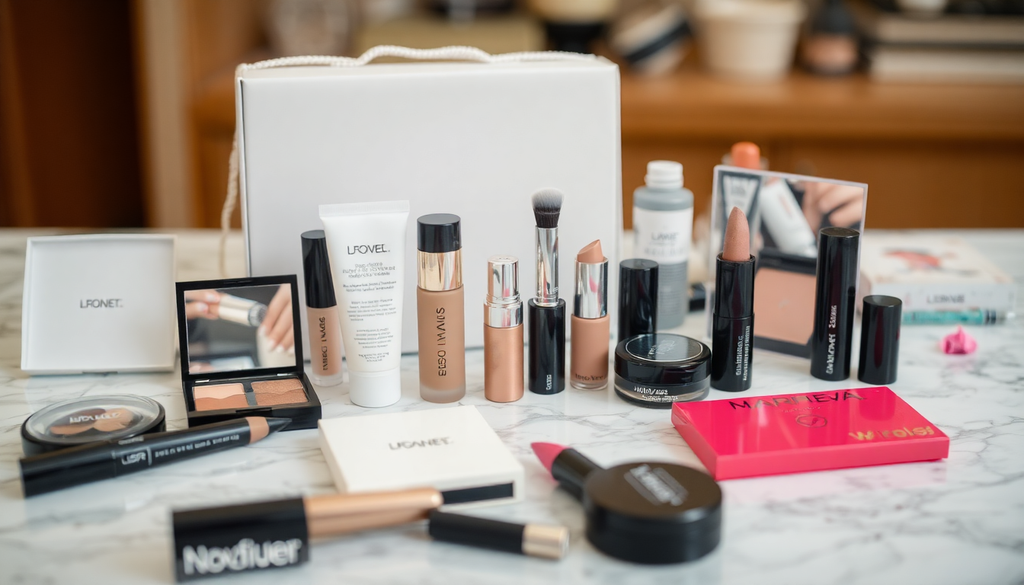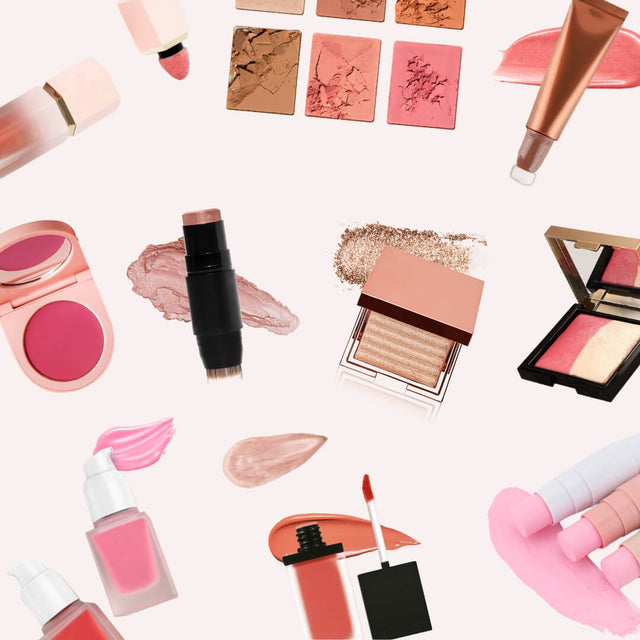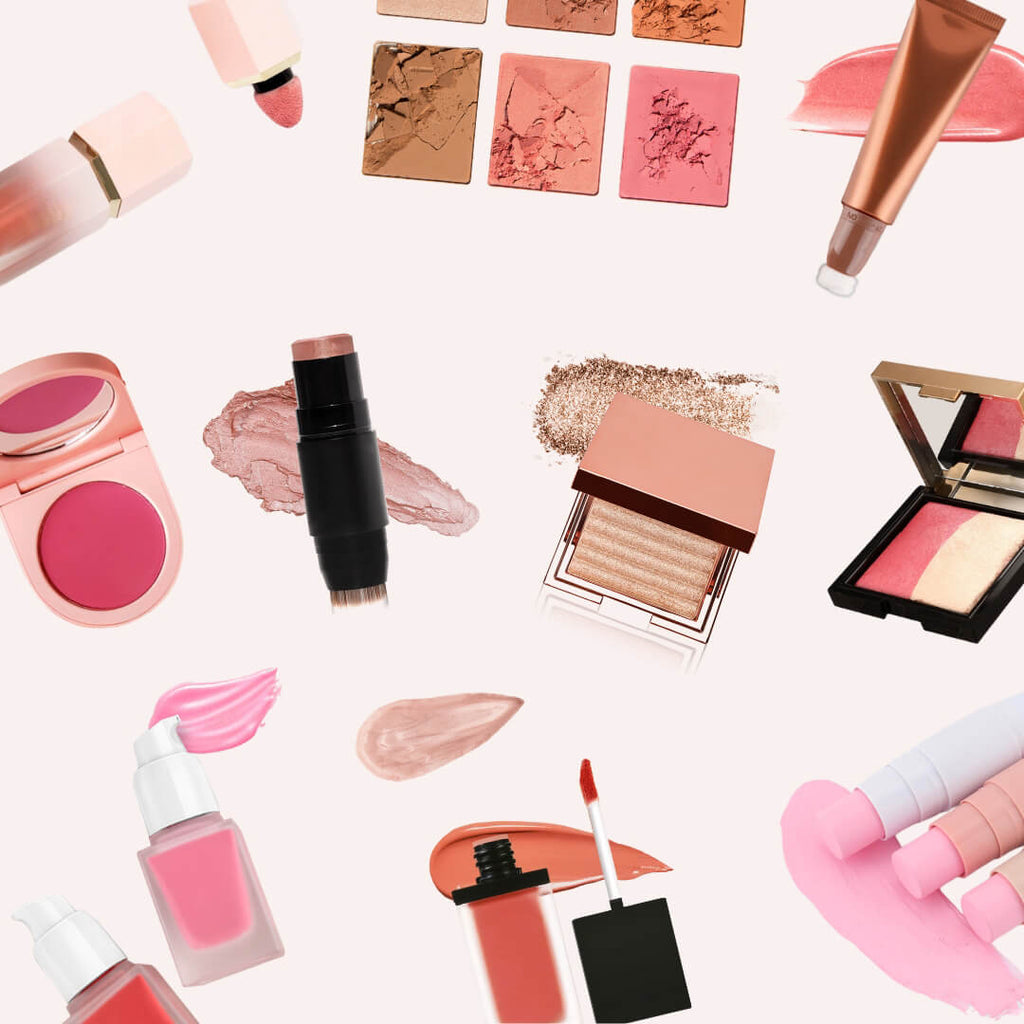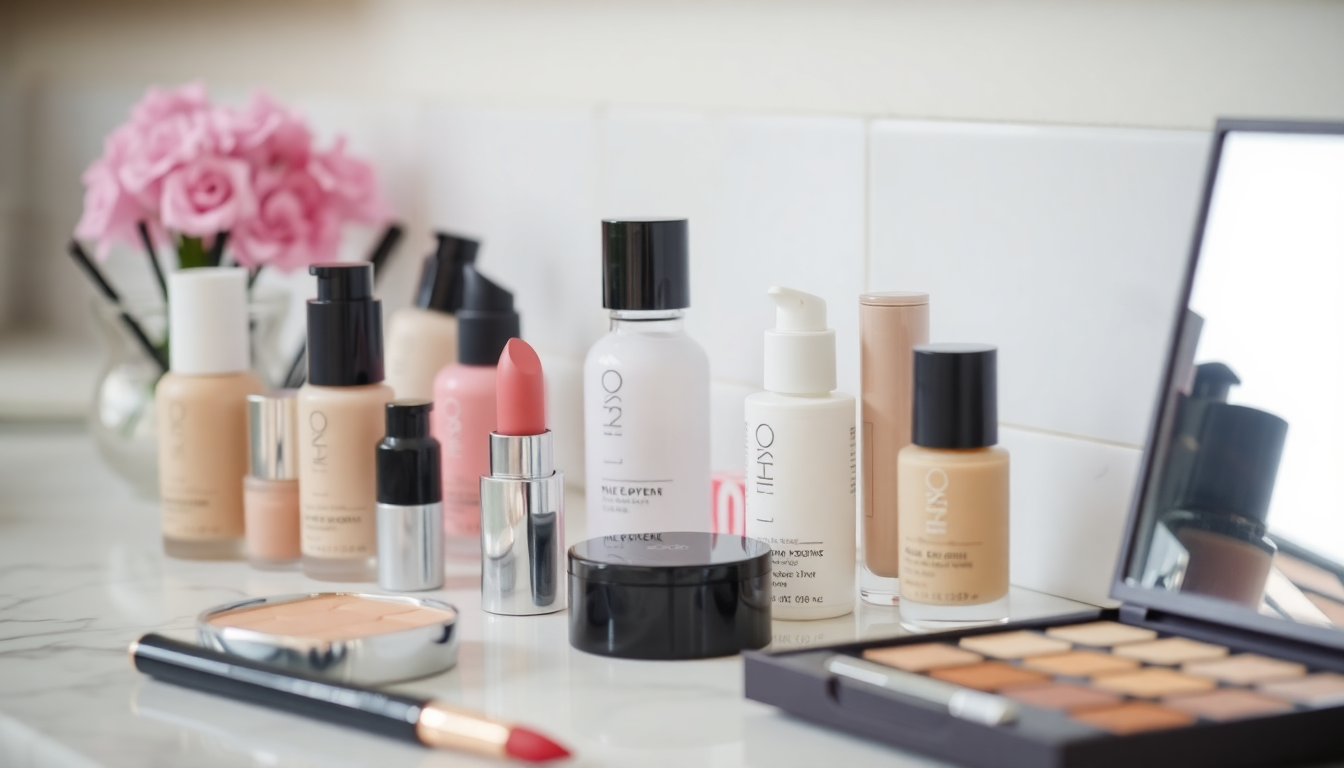
Navigating the Private Label Cosmetics Landscape: Essential Insights for Setting Up Your Makeup Brand in 2025
Introduction
The beauty industry is a dynamic and ever-evolving market, and as we enter 2025, private label cosmetics are becoming increasingly popular among new entrepreneurs looking to carve out their niche. The rise of e-commerce and social media marketing has made it easier than ever to launch a makeup brand, but it also requires a comprehensive understanding of various factors such as regulations, sourcing, branding, and marketing. This article will guide you through the essential insights for setting up your makeup brand, providing you with the tools and knowledge necessary to navigate the private label cosmetics landscape.
Understanding Private Label Cosmetics
Private label cosmetics involve products manufactured by one company that are sold under another company’s brand. This model allows entrepreneurs to focus on branding and marketing while relying on established manufacturers' expertise. Here are some significant advantages of private label cosmetics:
- Lower Startup Costs: Compared to developing your products from scratch, private labeling reduces the costs associated with product development, formulation, and testing.
- Faster Time-to-Market: With established products, you can quickly introduce your brand to the market, capitalizing on current trends.
- Flexibility: You can easily expand your product range by adding new shades or formulations without the need for extensive R&D.
- Brand Identity: You have the freedom to create a unique brand identity that resonates with your target audience.
Key Steps to Set Up Your Makeup Brand
Establishing a successful makeup brand requires careful planning and execution. Below are the essential steps you should take to navigate the private label cosmetics landscape effectively:
1. Conduct In-Depth Market Research
Before launching your brand, it is vital to conduct thorough market research. Understanding your target audience, market trends, and competition will help you position your brand effectively. Consider the following:
- Identify Your Target Audience: Who are your ideal customers? What age group, gender, or lifestyle do they represent?
- Analyze Competitors: Research existing brands in your niche. What are their strengths and weaknesses? What gaps can you fill?
- Stay Updated on Trends: Follow industry news, influencer recommendations, and social media to keep abreast of emerging trends in cosmetics.
2. Choose Your Niche
Selecting a specific niche within the makeup industry is crucial for standing out in a saturated market. Some popular niches include:
- Vegan and Cruelty-Free Cosmetics: With the rise of ethical consumerism, products that are cruelty-free and vegan are gaining traction.
- Luxury Makeup: High-end cosmetics targeting affluent consumers can yield higher profit margins.
- Eco-Friendly Products: Sustainable packaging and natural ingredients are increasingly important to consumers.
Choosing a niche will help you tailor your branding and marketing strategies to attract a dedicated customer base.
3. Source a Reliable Manufacturer
Finding the right manufacturer is one of the most critical steps in establishing your makeup brand. Consider the following factors when selecting a manufacturer:
- Reputation: Look for manufacturers with a proven track record in the cosmetics industry.
- Quality Control: Ensure they have stringent quality control measures in place to maintain product safety and efficacy.
- Production Capabilities: Confirm that they can meet your production needs, including scalability for future growth.
- Pricing: Evaluate pricing structures and minimum order quantities to ensure they align with your budget.
4. Understand Cosmetic Labeling Regulations
Compliance with cosmetic labeling regulations is essential to avoid legal issues and build consumer trust. Here are key elements to include on your labels:
- Product Name: Clearly state the product's name so consumers can easily identify it.
- Ingredients List: List all ingredients in descending order by weight to comply with regulations.
- Country of Origin: Indicate where the product was manufactured.
- Batch Number: Include a batch number for traceability in case of recalls.
- Expiration Date: Ensure consumers know the shelf life of your products.
Familiarize yourself with the specific regulations in your target market, whether it be the USA, EU, or other regions.
5. Navigate Import Policies and Certifications
When importing cosmetics, it's crucial to comply with local import policies. Here are some steps to follow:
- Research Import Policies: Understand the regulations for importing cosmetics in your target market, including tariffs and customs procedures.
- Obtain Necessary Certifications: Depending on your market, you may need certifications such as:
- Good Manufacturing Practices (GMP)
- Cosmetic Safety Assessment Report
- Environmental certifications, if applicable
- Work with Import Brokers: Consider hiring a customs broker to help navigate the complexities of importing.
6. Set Up Your Online Store
In today's digital world, an online presence is critical for any new makeup brand. Here are the steps to set up your online store:
- Select an E-commerce Platform: Choose a user-friendly platform like Shopify, WooCommerce, or BigCommerce that suits your business needs.
- Design an Attractive Website: Create a visually appealing and easy-to-navigate site, ensuring it reflects your brand identity.
- Optimize for Mobile Devices: Many consumers shop on mobile devices, so ensure your site is mobile-friendly.
- Implement Secure Payment Options: Offer multiple payment methods while ensuring that transactions are secure.
- Include High-Quality Images and Descriptions: Use professional photos and detailed descriptions to showcase your products effectively.
7. Develop a Comprehensive Marketing Strategy
Once your brand is established, focus on marketing to reach your target audience effectively. Here are some strategies to consider:
- Social Media Marketing: Platforms like Instagram, TikTok, and Pinterest are essential for promoting beauty products. Share engaging content, tutorials, and user-generated content to foster community.
- Influencer Partnerships: Collaborate with beauty influencers to tap into their audiences and gain credibility.
- Content Marketing: Create valuable content such as blogs, makeup tutorials, and product reviews to attract and retain customers.
- Email Marketing Campaigns: Build an email list to keep customers informed about new products, promotions, and beauty tips.
- Promotions and Discounts: Offer special promotions or discounts to attract first-time buyers and encourage repeat purchases.
8. Build Strong Relationships with Your Customers
Customer relationship management is essential for long-term success. Here are some tips for building strong relationships with your customers:
- Engage with Customers: Respond promptly to inquiries and feedback on social media and your website.
- Offer Exceptional Customer Service: Ensure your customers have a positive experience from browsing to post-purchase support.
- Encourage Reviews: Ask satisfied customers to leave reviews and share their experiences to build trust and credibility.
- Personalize the Experience: Use customer data to tailor marketing messages and product recommendations.
9. Monitor and Adapt Your Business Strategies
As the beauty market continues to evolve, it's crucial to monitor your business performance and adapt strategies as needed. Consider the following:
- Track Sales Data: Use analytics tools to monitor sales performance and identify trends.
- Gather Customer Feedback: Regularly solicit feedback from customers to understand their needs and preferences.
- Stay Informed About Industry Trends: Keep an eye on emerging trends and technologies in the beauty industry to stay ahead of the competition.
Conclusion
Navigating the private label cosmetics landscape requires careful planning and execution. By following the essential steps outlined in this article, you can successfully set up your makeup brand in 2025. Stay informed about industry trends, regulations, and consumer preferences, and be prepared to adapt your strategies to ensure long-term success. With dedication and creativity, you can build a thriving makeup brand that resonates with consumers and stands out in the competitive beauty market.
Delen
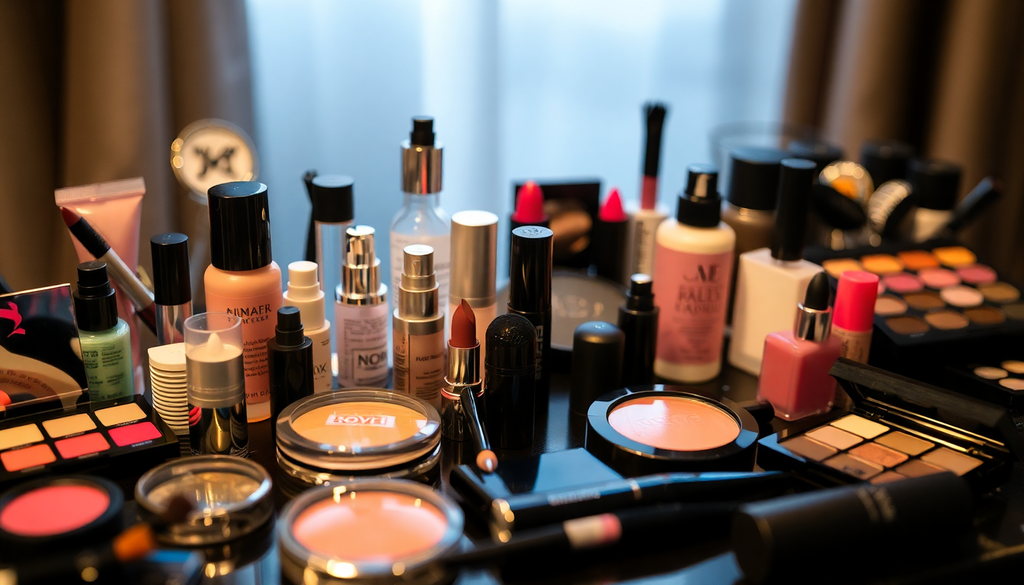
Essential Guide to Launching Your Makeup Brand in New Zealand: Navigating Import Policies, Labeling Requirements, and Market Strategies for 2025
